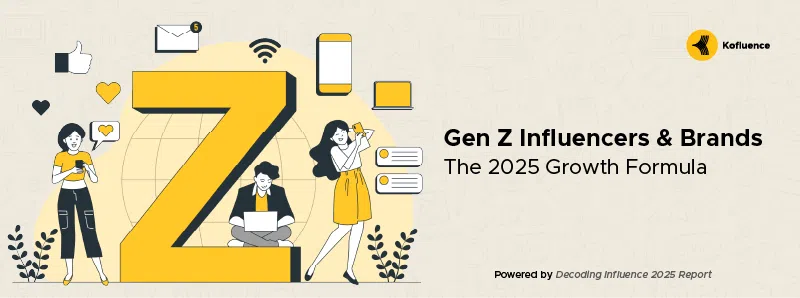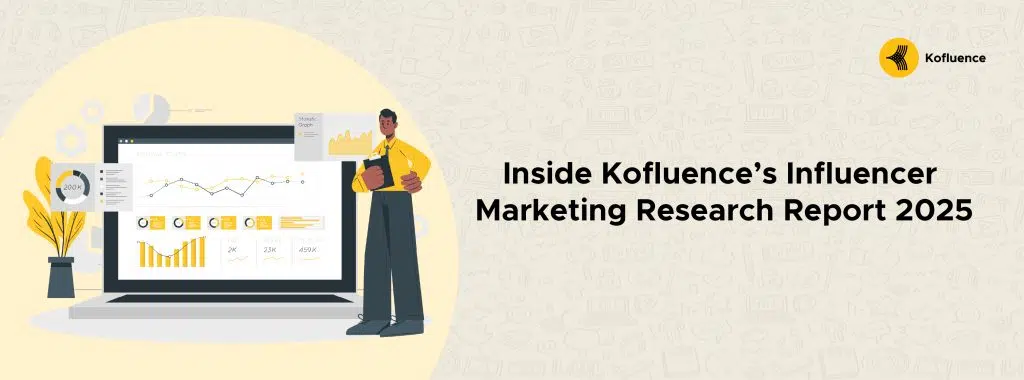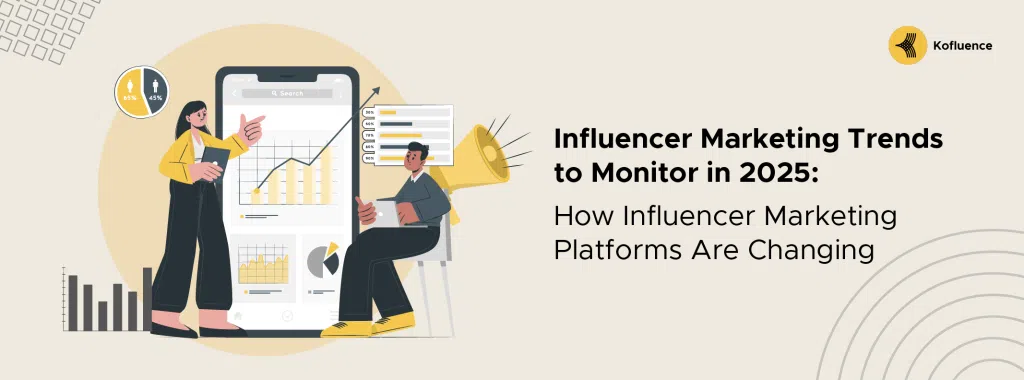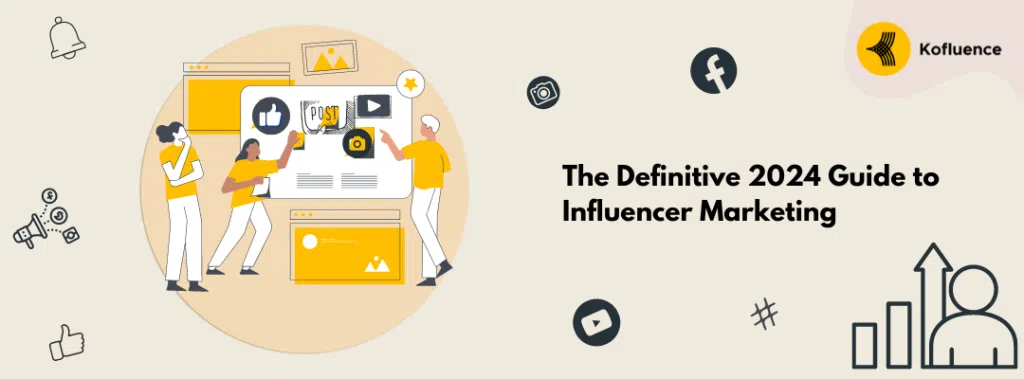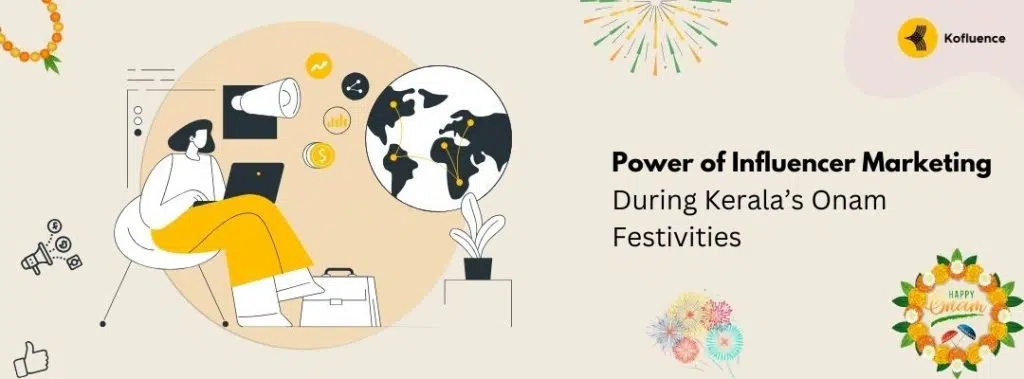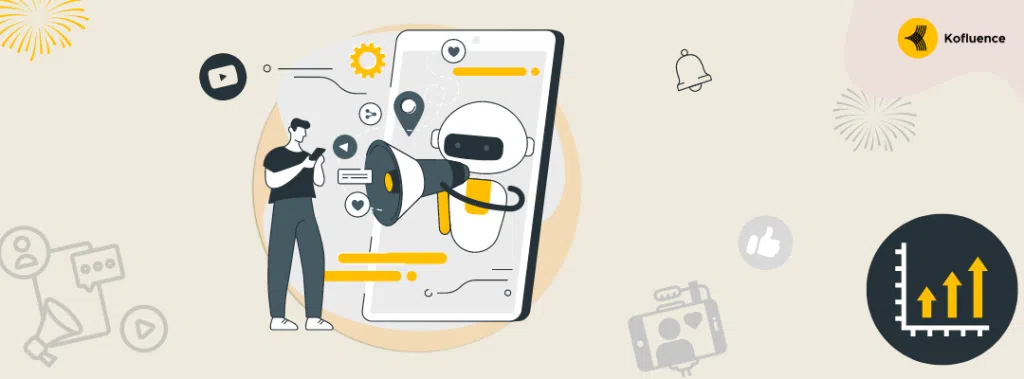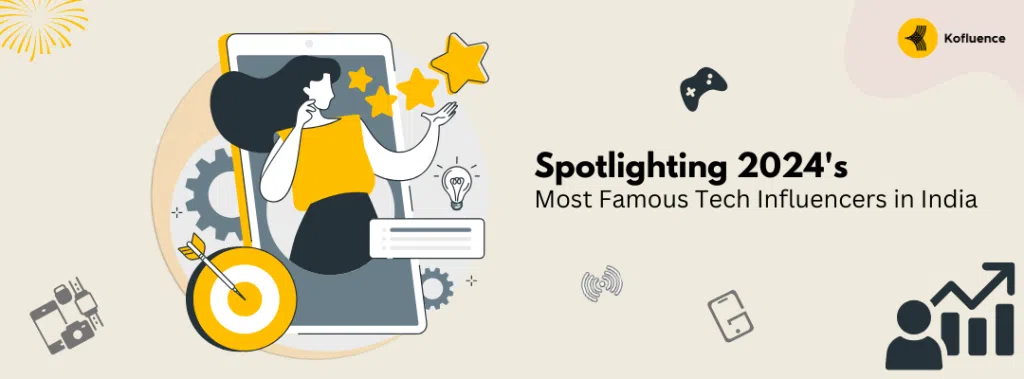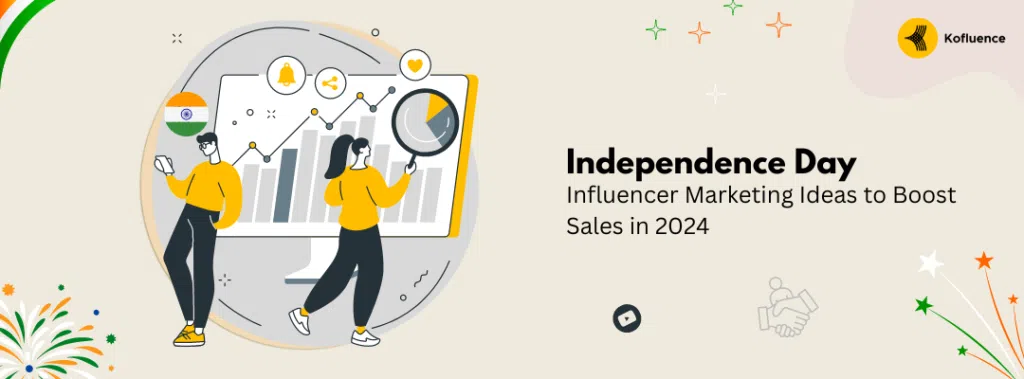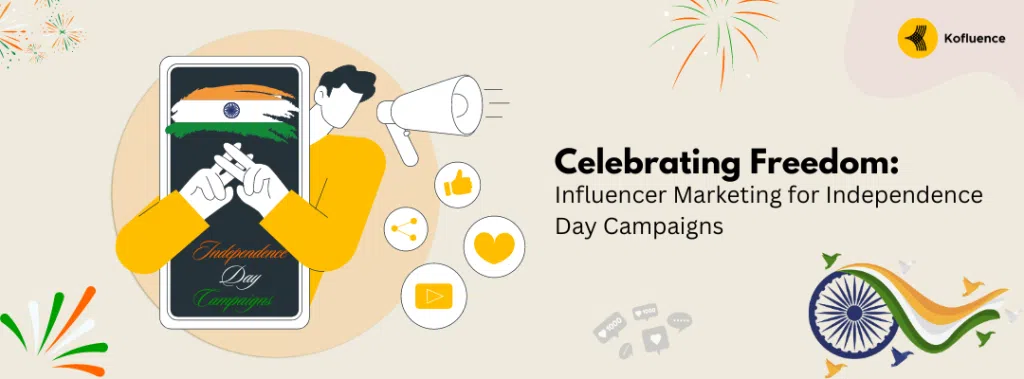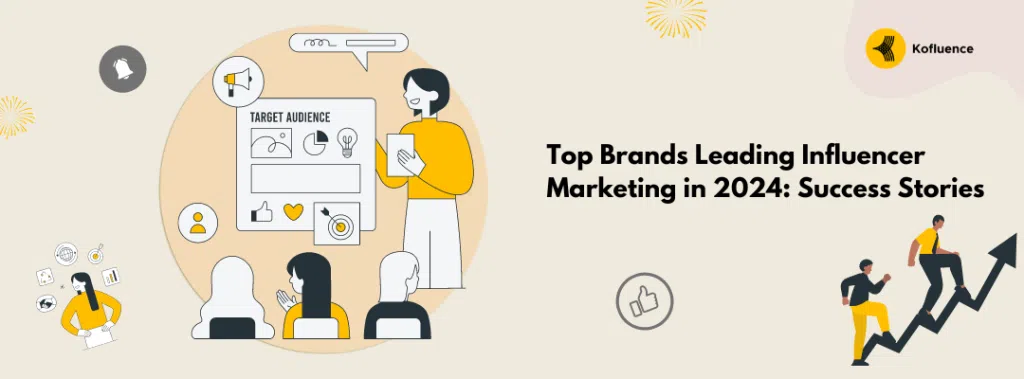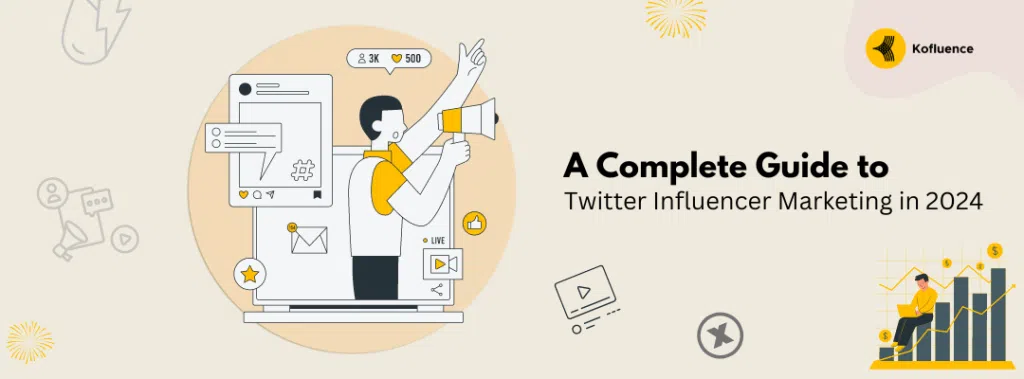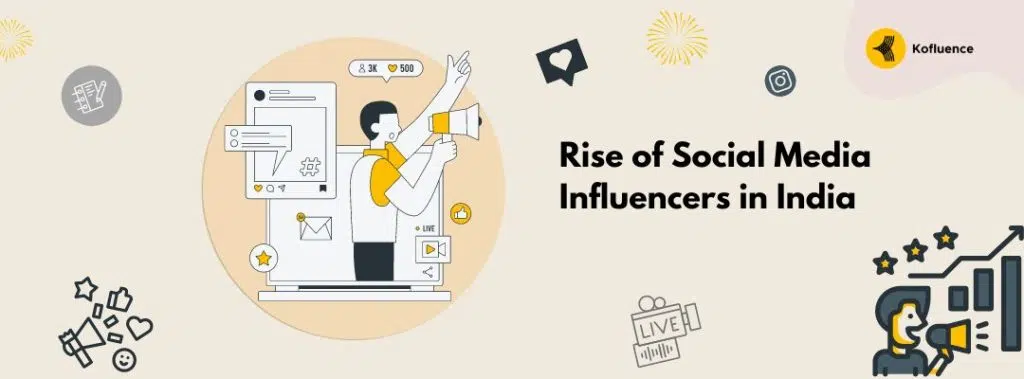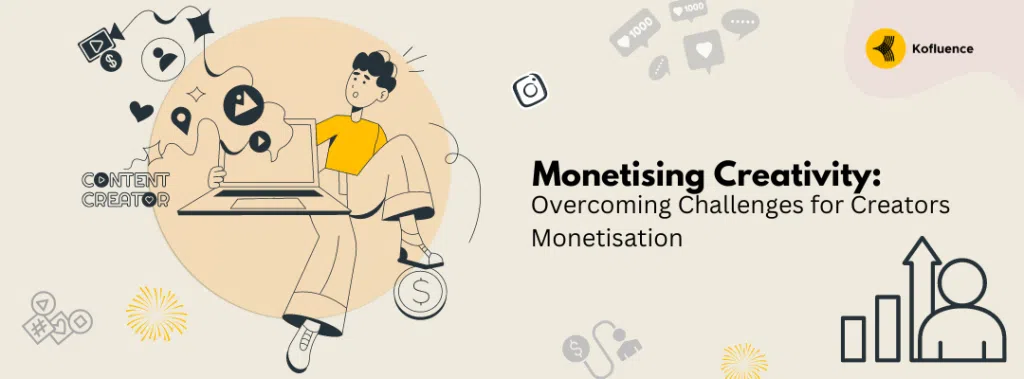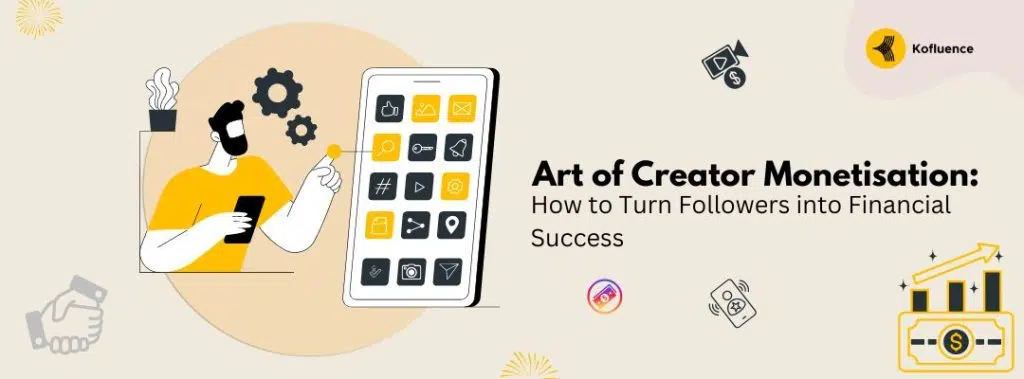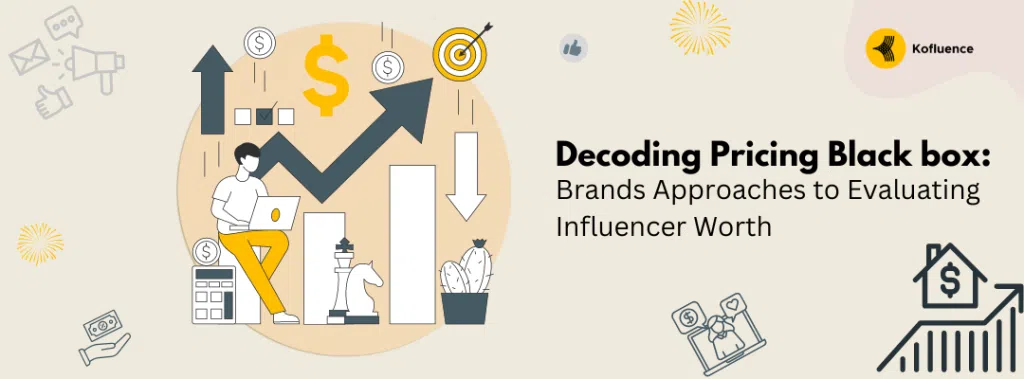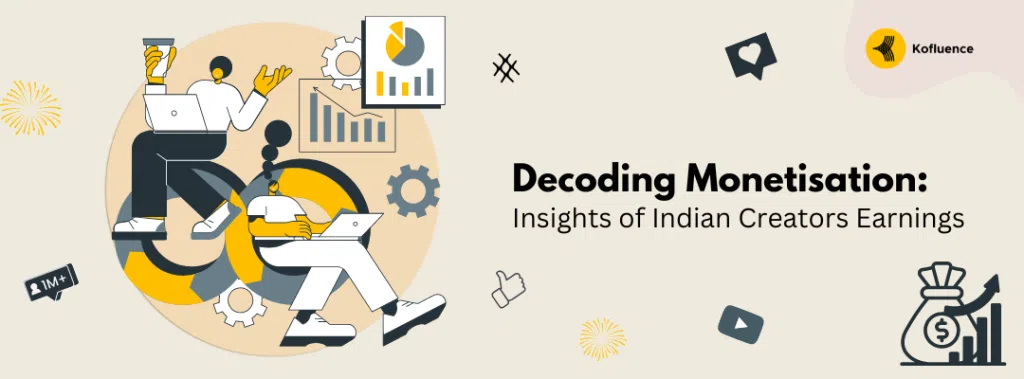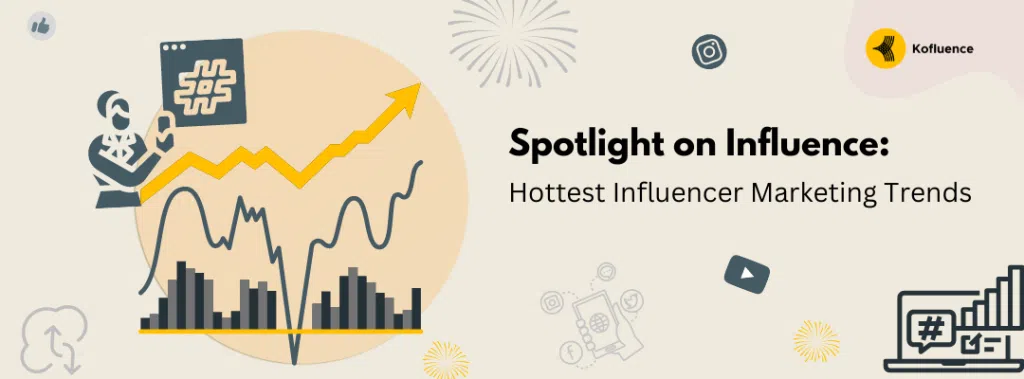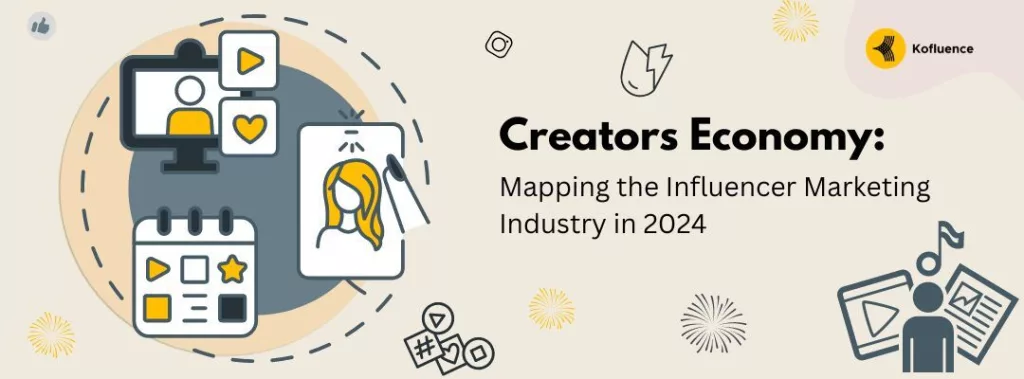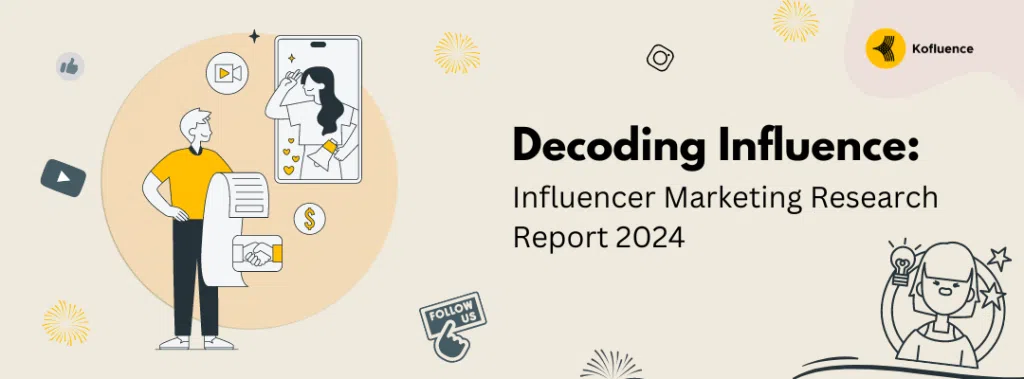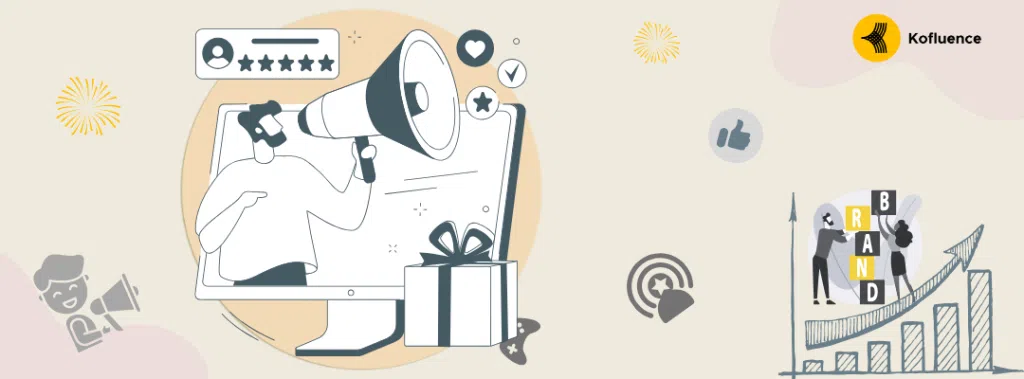Introduction
How do Brands Assess The Value Of Influencers?
Turning Followers Into Financial Success
Brands’ Perspective of the “Fair Deal”
Eliminating The Obstacles Of Creator’s Monetisation
Conclusion
FAQ’s
Introduction
Creators across various platforms have unprecedented opportunities to generate income through their skills and passions. From podcasting to streaming on Twitch and creating engaging content on YouTube or Instagram, there is no shortage of innovative methods available for monetising one’s creative output. However, navigating these diverse options can pose a challenge for even seasoned creators, making it all the more daunting for newcomers seeking to establish themselves within this lucrative environment.
To help alleviate some of these concerns, our comprehensive guide has been designed to provide valuable insights into maximizing revenue streams and fostering strong brand partnerships for content creators of all types and levels of experience. Whether you’re looking to build your presence as a podcaster, Twitch streamer, YouTube sensation, or Instagram influencer, this handy resource will equip you with the tools necessary to thrive in today’s competitive creator economy.
How do Brands Assess The Value Of Influencers?
Acknowledging influencers’ ability to connect and interact with their intended audiences in genuine and captivating ways, brands allocate a substantial amount of their marketing resources to influencer relationships. According to Decoding Influence, Kofluence’s annual influencer marketing research report, over 80% of brand marketers spend up to 30% of their marketing budgets on influencer marketing. Multiple variables must be carefully considered when evaluating influencers’ value and impact on brand objectives. Here are some of the factors through which brands assess influencers:
User Demographics
Brands assess influencers according to their audience size and composition. Metrics like the number of followers, engagement rate, and audience demographics give insights into the influencer’s relevance and reach within the company’s target market.
Engagement with Users
Brands use engagement metrics to assess an influencer’s capacity to foster deep connections with their target audience and their ability to reach. Likes, comments, shares, saves, and other metrics show how engaged and influential an influencer is with their audience.
Brand Linkage and Content Quality
Brands evaluate influencers’ content to ensure it reflects their brand values, messaging, and style. Good content has a greater chance of fostering favourable brand and engagement since it aligns with the audience and the brand image.
Authenticity and Trustworthiness
Influencer marketing requires authenticity as it helps to build trust and connect with the audience. Brands are interested in individuals who genuinely use and believe in their products or services. Influencers who remain transparent and authentic in their sponsored content will likely maintain credibility and positively influence their brand’s monetisation.
Turning Followers Into Financial Success
Earning profitable returns from dedicated followers significantly boosts an influencer’s value or worth. Therefore, exploring effective strategies to achieve this vital objective in the creators monetisation process is crucial. Below are some fundamental monetisation tactics that creators should consider:
Sponsorships and Brand Partnerships
One of the most successful ways for creators to make money online is to work with companies on sponsored content and brand partnerships. Through partnering with brands that share their beliefs and appeal to their audience, creators can produce sponsored articles, films, or campaigns that engage and genuinely promote goods and services. Building successful brand collaborations requires negotiating fair remuneration and being transparent with the audience.
Build Your Audience
To bolster influence, creators must prioritise consistently creating and sharing captivating, high-quality content that adds value to the audience following their content. Creators can foster engagement by actively interacting with their followers, whether it’s through responding to comments, leaving thoughtful messages, or joining relevant discussions within their niche.
Track and Assess Performance
Influencers can harness the power of analytics tools to monitor the performance of their content and revenue streams meticulously. By delving into the data, they can pinpoint what strategies yield the best results and identify areas for enhancement. Empowered with this knowledge, creators can refine their approach to maximise profitability and propel their influencer career forward.
Remain Engaged and Authentic
Establishing and preserving trust with the creators’ audience requires authenticity. Creators should continue interacting with their audience while maintaining authenticity and transparency, enabling them to cultivate a devoted following that backs their financial achievements.
According to the brand’s fair deals, all the fair deals are interlinked with monetisation tactics for influencers’ pricing and financial growth in the long term.
Brands’ Perspective of the “Fair Deal”
From the company’s perspective, a fair deal in influencer pricing ensures they get value for their money while staying true to themselves and their brand. Here’s how companies should handle equitable deals:
Considering the Budget
Brands must consider their financial limits when deciding on an appropriate rate of remuneration for influencers. Considering the possible return on investment (ROI) and the perceived worth of the alliance, they should devote a fair amount of their marketing budget to influencer collaborations.
Maximising Returns through ROI Analysis
Before embarking on influencer partnerships, brands must comprehensively analyse potential return on investment (ROI). This involves scrutinising key factors such as the influencer’s audience demographics, reach, engagement metrics, and past campaign effectiveness. By prioritising a positive ROI in influencer marketing, brands can allocate resources wisely and yield meaningful results.
Negotiation and Transparency
Brands should pay influencers fairly, considering their reach, engagement, exclusivity, quality of material, and usage rights. Communication about deliverables, conditions of compensation, and expectations must be transparent to establish trust and cultivate good working relationships with influencers.
Compliance with Legal Standards
Influencer collaborations must abide by relevant laws and regulations, particularly those concerning the disclosure of sponsored content. To mitigate legal risks, establish explicit contracts or agreements outlining the terms of collaboration, including payment terms, expected outcomes, and rights to content usage. By prioritising transparency and clarity in influencer partnerships, both parties can navigate the collaboration process smoothly while upholding legal standards.
Eliminating The Obstacles Of Creator’s Monetisation
For creators, monetisation can be a challenging process with many obstacles. The following are some typical roadblocks and possible fixes:
Audience Growth
Following the insights from Decoding Influence, it’s evident that building a substantial following remains a formidable obstacle for influencers, resonating with 30.9% of participants surveyed. Influencers can leverage strategic collaborations with established creators or brands within their niche to overcome this hurdle. By partnering with those with a loyal audience, influencers can tap into new viewer bases and gain exposure to a broader demographic.
Platform Restrictions
The potential for creators to generate income can be hindered by the constraints or algorithms imposed by various platforms. Mitigating this risk involves diversifying across multiple platforms. Additionally, creators can explore alternative revenue streams such as crowdfunding, sponsorships, and merchandise sales to supplement their earnings and reduce dependency on any single platform.
Models of Monetisation
Choosing a suitable monetisation model is paramount for creators. While sponsorships and advertising are prevalent, they may not always align with the creator’s values or brand image. Direct monetisation options, such as affiliate marketing, pay-per-view content, and subscription services, afford creators greater autonomy and potentially higher returns. By opting for these alternatives, creators can maintain control over their content and revenue streams while forging stronger connections with their audience.
Rights to Intellectual Property
Intellectual property protection is essential in the digital age, where content can be freely reproduced or spread without authorisation. Content creators must familiarise themselves with copyright regulations, contemplate adding a watermark to their work, and choose platforms that provide strong content security safeguards.
Involvement and Retention
Maintaining audience engagement is essential to successful long-term monetisation. In addition to modifying their content strategy based on audience feedback, creators ought to cultivate a feeling of community by including interactive elements such as live streaming, Q&A sessions, or unique content reserved for enthusiastic fans.
Conclusion
In conclusion, creator monetisation is multifaceted, with opportunities and challenges inherent in the evolving digital ecosystem. By understanding the criteria through which brands evaluate influencers, creators can position themselves strategically to maximise their earning potential while fostering authentic connections with their audience. From forging equitable partnerships to navigating legal standards and embracing diverse monetisation models, creators have the tools to overcome obstacles and thrive in the competitive online space.
Ultimately, the journey to financial success as a creator requires a blend of creativity, adaptability, and business acumen. By prioritising audience engagement, authenticity, and transparency, creators can build sustainable monetisation strategies that enhance their earning potential and contribute to long-term brand growth and influence. As the creator economy evolves, embracing innovation and staying attuned to audience preferences will be vital in unlocking new opportunities for creators to monetise their passion and talent effectively.
If you found this blog helpful, browse through our website for other blogs on similar topics, or get in touch with us for your next influencer marketing campaign! Download the Kofluence app and find relevant campaigns catering to your target audience! To opt-in, download the Kofluence app here: iOS users and Android users.
FAQ’s
. How do brands determine the value of influencers?
Brands may evaluate digital influencers’ worth according to how well they connect with and reach their target market. Demographics of the audience, engagement rates, brand-consistent content quality, and authenticity of the digital creators are a few of the essential components considered. Influencers make genuine relationships with followers with a high conversion rate from followers to customers through brand partnerships and sponsored content.
. How can creators improve their chances of successful monetisation?
Digital creators can improve monetisation by building a dedicated audience, diversifying revenue streams, and maintaining authenticity. Some tactics include advertising, sponsorships, affiliate marketing, subscription models, and direct fan support. Consistent, high-quality content, community engagement, and transparent brand partnerships can help creators turn their passions into sustainable incomes.
. Which platforms support creator monetisation?
Several platforms support creator monetisation, offering various opportunities to earn from your content. Some popular options include YouTube, which allows you to make money through ad revenue, sponsorships, and channel memberships. Patreon allows you to receive support directly from your fans through subscriptions. Platforms like Instagram and Facebook offer features like brand partnerships, sponsored content, and affiliate marketing to help you generate income from your creative endeavours. Explore these platforms to find the monetisation options that best suit your content and audience.


